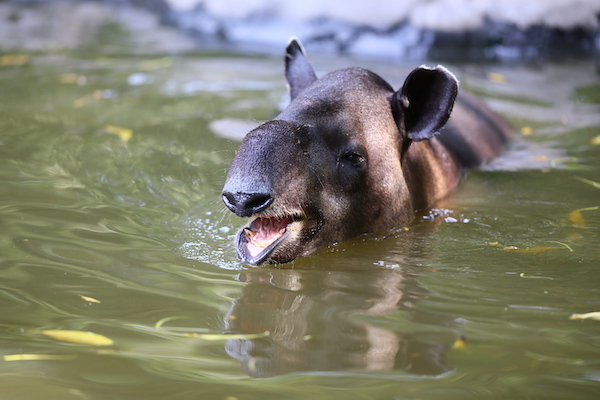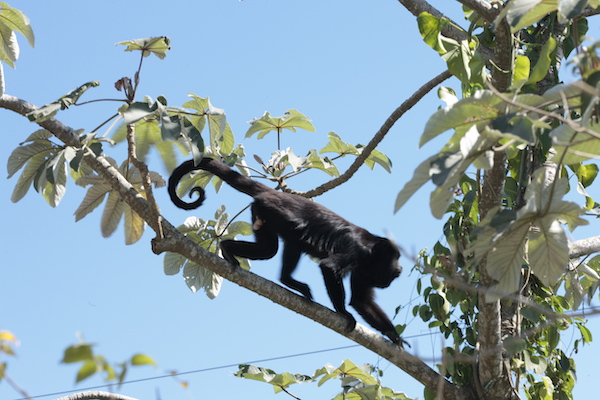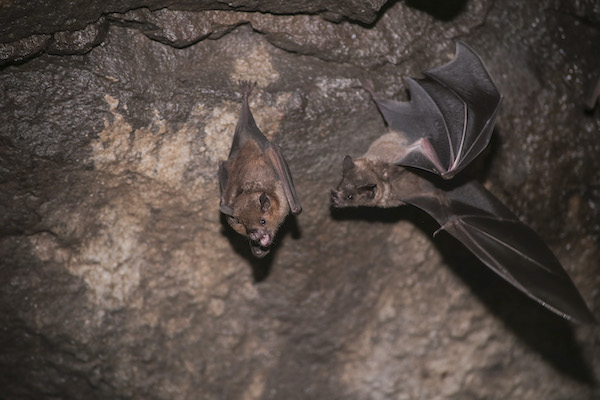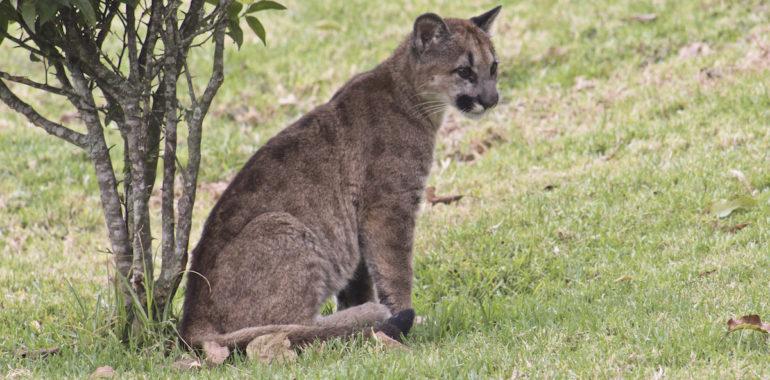Everyone knows that us humans, along with our furry family members, our cats and dogs, are all classified as mammals. But, did you know that mammals can be that and so much more? Tiny bumblebee bats can weigh less than two grams, while a fellow mammal, a majestic blue whale, can weigh more than 180 tons! At even greater depths than the blue whale, we can find the Cuvier’s beaked whale. She’s diving at more than nine thousand feet in the Pacific Ocean, while in the mountains of South America, at almost 20 thousand feet above sea level, we meet with a thriving yellow leaf-eared mouse. Their astonishing diversity and adorable appearance fascinates us at FLAAR! Join us and learn about the amazing class Mammalia!

What do we talk about when we talk about mammals?
The word Mammal applies to all animals that have hair and mammary glands that produce milk, with which they feed their newborns. They are also warm blooded, due to the fact that they can regulate their own internal temperature, even when their environment’s temperature is not ideal.

This allows these amazing animals to live in all kinds of different ecosystems, feeding off of many different sources. We can find mammals in the freezing cold of the arctic, the pouring tropical forests and the scolding heat of the deserts. They take up terrestrial niches, aerial ones in the case of bats, as well as aquatic ones when talking about dolphins and whales.
Did you know?
In that case, if dolphins and whales are mammals, do they have hair? The answer is yes! Cetaceans are born with either whiskers or tiny hairs all over their bodies, which helps them with their sensibility to the environment. Many species keep these whiskers or hair follicles into their adulthood, as it represents an advantage while hunting and fleeing danger.
And, platypuses? They LAY EGGS, are they mammals as well? Sure they are! Platypuses and echidnas are the only remaining mammals that still lay eggs. They feed their young by breastfeeding them and they have a hairy warm-blooded body, classifying them as mammals. Actually, some scientists believe that the common ancestor of all mammals was in fact oviparous, meaning it laid eggs.
As we can appreciate, mammals have evolved into hundreds if not thousands of different adaptations that allow us to survive all over the world. In Guatemala, a megadiverse country with dozens of ecosystems ready to be inhabited, over 200 mammal species have been identified. This only leaves to our imagination how many more species can we discover and learn from in this beautiful Mesoamerican country.

In FLAAR we have had the unique opportunity of encountering the amazing diversity of mammals of the region. We have been able to photograph jaguars, howler monkeys, spider monkeys, cougars, deer, tapirs, coyotes, foxes and much more. Every trip is a different adventure, and we are passionate about sharing these beautiful curiosities with each one of you! We would love for you to join us and continue learning about the biodiversity of Guatemala, Mesoamérica and the World!

Bibliography
Conoce al animal más grande del planeta. (2020). World Wildlife Fund.
https://www.worldwildlife.org/descubre-wwf/historias/conoce-al-animal-mas-grande-del-planeta
Craseonycteris thonglongyai (bumblebee bat). (2012). Animal Diversity Web.
https://animaldiversity.org/accounts/Craseonycteris_thonglongyai/
Davies, E. (2017). The deepest diving animal is not what you’d expect. BBC Earth.
https://www.bbcearth.com/news/the-deepest-diving-animal-is-not-what-youd-expect
National Geographic. (2023, September 21). Camundongo das montanhas é o mamífero com o habitat mais alto do mundo.
https://www.nationalgeographicbrasil.com/animais/2019/08/camundongo-das-montanhas-e-o-mamifero-com-o-habitat-mais-alto-do-mundo
Nowak, R. 1999. Walker’s Mammals of the World Volume 2. Baltimore, MD: The Johns Hopkins University Press.
International Fund for Animal Welfare. 2021, August 31. FAQ about whales. IFAW.
https://www.ifaw.org/uk/journal/faq-about-whales
Whale & Dolphin Conservation USA. 2022, July 4. Do whales and dolphins have hair? – Whale & Dolphin Conservation USA.
https://us.whales.org/do-whales-and-dolphin-have-hair

